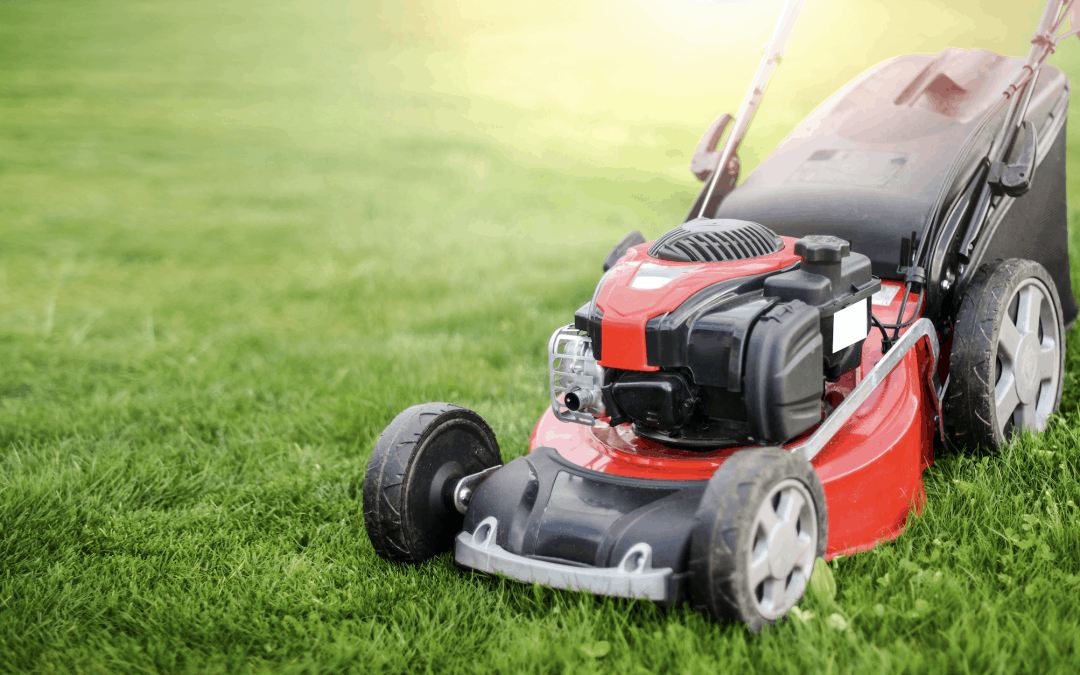Mowing healthy grass gives you a neat-looking lawn. Go the extra mile, and level up with finishing touches of edging and trimming for an impressive manicured landscape.
Why add extra work to lawn maintenance?
There are no rules when it comes to yard upkeep. But edging and trimming give lawns defined edge lines and height lines. Many love the sleek effect that can be achieved with these simple steps.
The benefits aren’t only visual. Edging and trimming prove helpful to the long-term health of your lawn. These practices help combat weeds that threaten grassy areas, and protect flowerbeds from encroaching lawn growth.
What are edgers and trimmers for?
An edger creates a sharp, tidy finish for the edges of your lawn. You’ve probably seen this on professionally cared for grassy areas. By culling over growth, edging helps keep grass from growing beyond the lawn’s boundaries.
Trimmers bring your lawn into visual alignment, levelling the view. They can be used on areas your mower couldn’t reach, like blades around trees or mailboxes, or patches of grass too high to successfully mow.
Is there a difference between edgers and trimmers?
Created for different functions, edgers give a vertical cut, and trimmers a horizontal cut. (It’s also worth taking note of your equipment’s cutting direction as this impacts where clippings land.)
Edger blades are designed to cut vertically, while traditionally trimmers use a nylon string to cut grass. Edgers and trimmers come in an array of designs and powered models, including electric and gas.
How do I choose an edger and trimmer?
Relevant points that will affect your decision include lawn size, how often you plan to edge and trim, and budget. For example, a very small lawn might only need addressing with long handled shears.
Electric or gas-powered tools help keep large grassy areas in pristine condition. Electric calls for a power point, or cordless model. Gas-powered options are often more powerful but can be noisier and require extra maintenance.
What could go wrong on my first try?
Ever given a haircut using clippers? Over-zealous trimming and edging risks an uneven finish. The good news is, no need to rush. Trim and edge the lawn slowly and steadily until confident.
Trim using the one third rule. Too close a cut, and you risk a patchy dip in lawn height. When edging, try not to take out chunks from the lawn. Edge in a straight or curved line along the border.
What should I keep in mind?
Careering over concrete driveways, footpaths rocks, and brick walls can damage your equipment, so take care. Also be sure to choose a handle that is the best mix of dexterity and reach.
Protection from projectiles is essential when edging and trimming. Safety precautions span protective glasses, closed shoes, clothes that cover skin, and protective headphones if the tool is noisy.
How often should I edge and trim?
There is no set rule. Some opt to edge and trim their lawn with every second or third mow. Others wait a few months. Those with fast growing grass may edge and trim every time they mow.
How you feel about the appearance of your lawn is the decider. After the first edging and trimming you’ll likely want to maintain that pristine finish with comprehensive, regular lawn maintenance.










